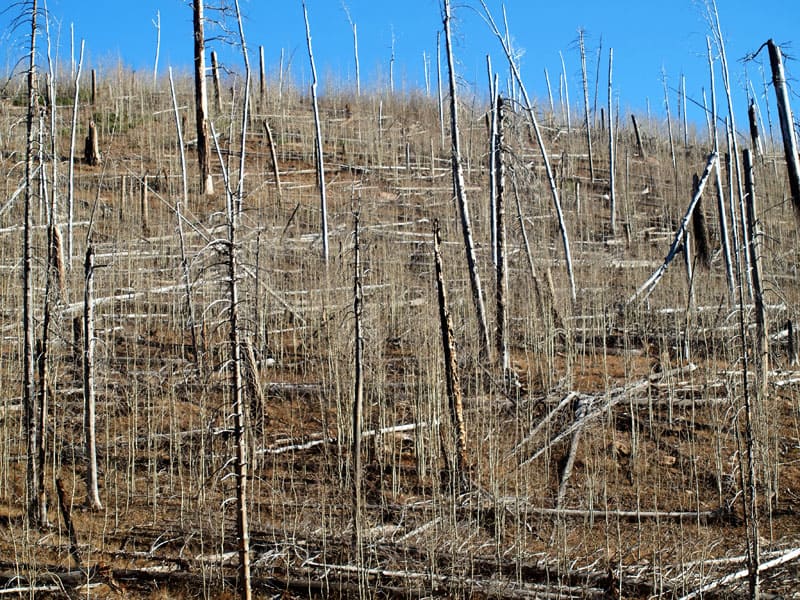This just in (Jan. 30, 2015):
FOREST-PLANNING-RULE
Flores, Tanya E, [email protected]
I am pleased to announce that the Forest Service has issued final Planning Directives. These Directives are a key set of agency guidance documents for implementation of the 2012 Planning Rule. Our intent is to ensure an adaptive land management planning process that is inclusive, efficient, collaborative and science-based to promote healthy, resilient, diverse and productive national forests and grasslands.
Proposed Directives were released for comment in February 2013. The Secretary of Agriculture’s Federal Advisory Committee (FACA Committee) recommendations, 16,000+ public comments, extensive regional input, advice from Washington Office staffs, agency-wide roundtables, and lessons learned from early adopter implementation were used to formulate the final Directives.
One of the Agency’s key goals is to make the planning process easy to understand in an effort to increase community involvement in protecting and restoring natural resources. The final Directives provide clearer direction and greater context for how the public can engage in planning activities. The revisions incorporated into the final Directives will support efforts to strengthen the efficiency and effectiveness of planning processes.
I want to thank everyone for their continued interest and involvement. Your input, experiences, feedback and relationships within our communities have helped shape these Directives.
A copy of the final directives, along with background information, can be obtained at http://www.fs.usda.gov/main/
